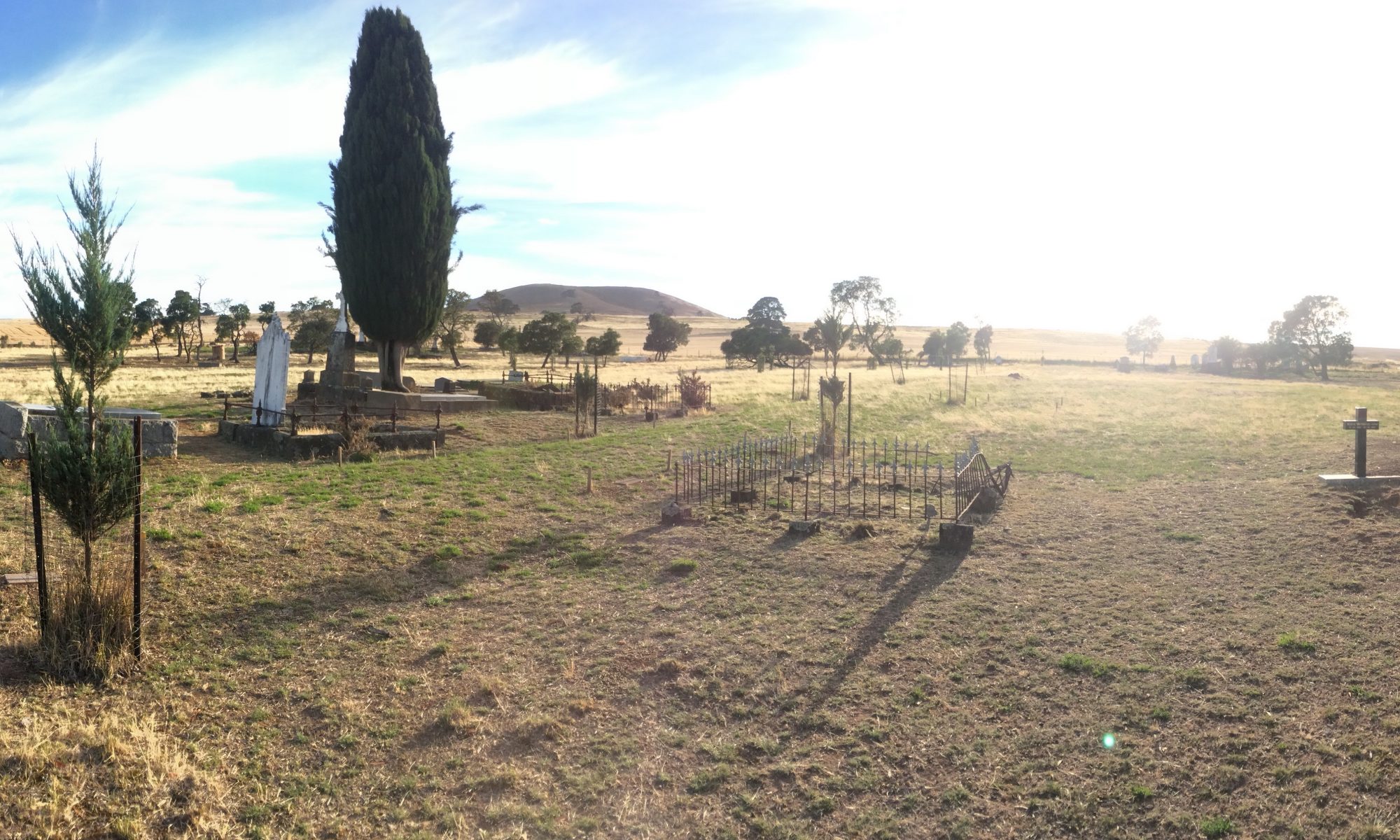In this video, I process an ImpulseRadar Raptor multichannel GPR dataset. The Raptor allows you to mount multiple GPR antennas side-by-side within one antenna housing, allowing you to collect multiple lines of GPR data while only walking along one line.
This video uses a dataset that does not have GPS or Total Station navigation data. However, I also explain along the way how GPS/TS users can process their data, so if you have plugged a GPS or Total Station into your Raptor system, this video should help you as well.
There are a few potential issues to be aware of when using multi-channel systems such as the Raptor:
- We have to tell GPR-SLICE where each survey line (or swath) was located.
- We have to tell GPR-SLICE where each antenna/channel was located within each swath (so that GPR-SLICE can calculate the correct positions for each channel’s GPR data within the survey grid).
- We have to consider the possibility of different GPR antennas within the multichannel array having differing levels of sensitivity to the reflected GPR signals, and compensate (gain) the data accordingly.
- We don’t need to do any interpolation between each channel of GPR data, because this is a true “3D GPR” dataset. This means that the illumination cone from each GPR antenna covers every square-centimetre of the survey area (assuming the data is collected in a regular grid pattern, of course, and that there are no gaps in the data).
- We need to take care with what settings we use to create the time slices, as these may exceed the capabilities of your computer’s graphics card memory (which would result in blank depth slices in the OpenGL menu, or the software might crash entirely).
- We might need to do some interpolation if there are gaps between swathes of GPR data.
All of the above issues are discussed at length in this video, making this video a great primer for anyone using any multichannel GPR system, not just Raptor users.
Please note that the GPR-SLICE Multichannel User Manual is available here.
You will note that this process avoids the “slice/resample”, “gridding”, and “T-Slice” menus. You might want to use the T-Slice menu, though, in order to export time slices as image files. There is a new method that allows you to extract the .grd files (which you can then use in the Gridding menu to create the .dat files you would use in the T-Slice menu). An explanation of this function can be found here.
After watching this video, we highly recommend you proceed to the introduction to GPR-SLICE video to learn how to actually perform filters on your GPR data.
To purchase GPR-SLICE software, please see here.
A full list of all GPR-SLICE training videos is available here.

